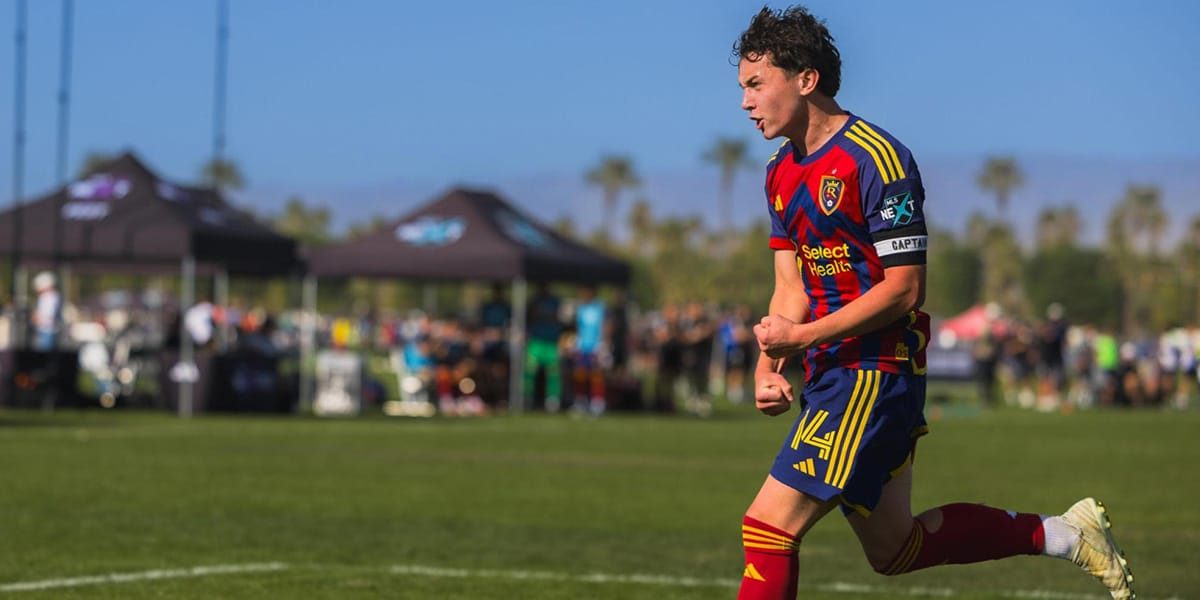When pursuing a soccer career, no two paths look the same. For Grayson Carter, a 17-year-old footballer, the journey has been anything but linear. Growing up in Boise, Idaho, and dreaming of professional play might seem like an uphill climb, but Carter has proven that perseverance, adaptability, and passion can help overcome the odds.
Deciding Between College and a Pro Career
For many young players like Carter, deciding to turn pro or head to college is pivotal. Each path offers unique opportunities—and challenges. A professional contract is a chance to commit to the sport fully, but it comes with sacrifices. Transitioning from academy soccer to professional leagues demands maturity and readiness beyond the game.
On the other hand, a college career can provide stability, structure, and education, offering a fallback option if soccer doesn’t go as planned. Balancing these options can feel overwhelming, especially for players already managing the complexities of MLS academy systems.
For Carter, however, the choice is clear. With a backup plan of a top Division 1 school lined up, he’s fully focused on going pro before his 18th birthday.
From Boise to the MLS Academies
Coming from a small town without a strong soccer culture presented its own challenges. Yet, falling in love with the game at age seven set Carter on an unstoppable path. By the time he was 10, his father opened a futsal facility to nurture his growth in the sport.
The first big leap came at 14, moving to join the Portland Timbers academy. Leaving Boise meant stepping away from family, friends, and familiarity. The transition wasn’t easy, especially with COVID-19 limiting opportunities and social interaction. Still, it laid the groundwork for what was to come.
At 16, Carter boldly decided to ask for a trade to Real Salt Lake. It was a reset that felt both daunting and necessary. “Starting back at zero kinda sucked,” he admitted, but the fresh start proved to be an opportunity to showcase his potential.
The Reality of Changing MLS Academies
Switching from one MLS academy to another mid-season brought its own hurdles. Athletes who arrived in August already had a rhythm, leaving Carter playing catch-up. Still, he embraced the challenge. Building new relationships with teammates and coaches became as important as refining his skills.
MLS academies are known for fostering top talent. Stories like this one from TopDrawerSoccer highlight players called up for preseason training and offer a glimpse into the pro-pipeline.
While the shift was difficult, the results spoke for themselves. Training with the first team and debuting professionally for Real Monarchs signaled that Carter’s hard work was paying off. Leadership opportunities followed, including becoming team captain for the U-18s, further cementing his role in the RSL system.
National Team Exposure
Playing for youth national teams is another stepping stone for many athletes. Being part of rosters like the U15 BNT camp or the Torneo delle Nazioni provided Carter with exposure to international competition and raised his profile.
Standout performances in events like the Generation Adidas Cup or being listed as a player to watch can further set an athlete apart. These opportunities demonstrate how critical visibility is in advancing to the next level.
Dreams Beyond the Academy
Looking ahead, Carter has his sights set high. Representing the U.S. senior national team and playing in a World Cup tops his list of aspirations. While he appreciates his time with Real Salt Lake, he dreams of competing in one of Europe’s top five leagues.
Carter highlights his journey and emphasizes the importance of staying grounded, whether competing locally or on a global stage.
The Journey to Pro Soccer
The decision can feel monumental for young players on the brink of choosing between college or a professional contract. As Carter’s story illustrates, adaptability and resilience are key. Moving across cities, working within academy systems, and making sacrifices for the sport all shape the player—and person—you become.
Published by Zane L.














